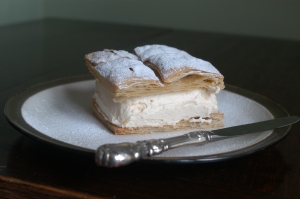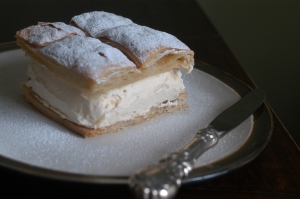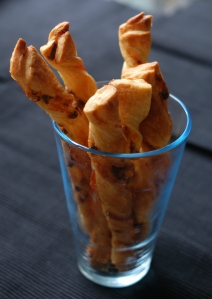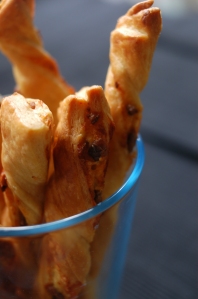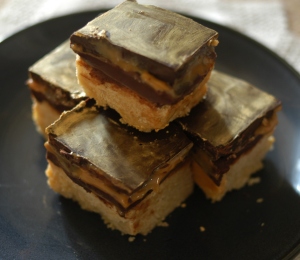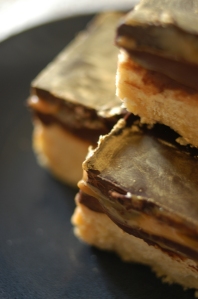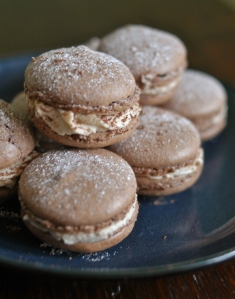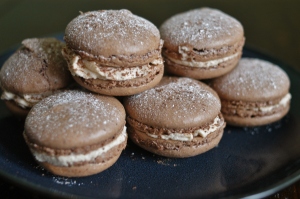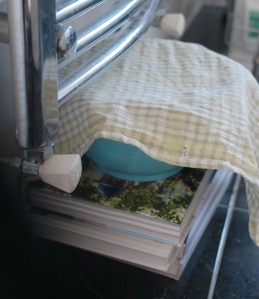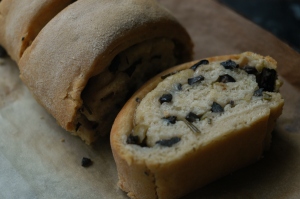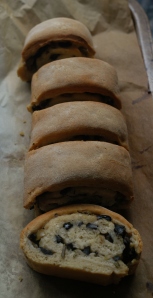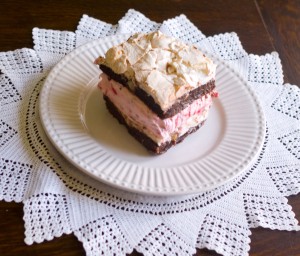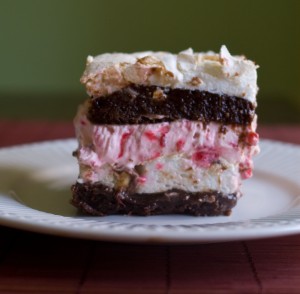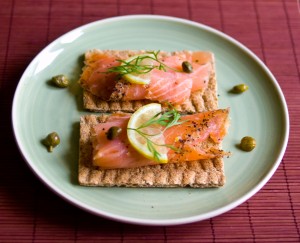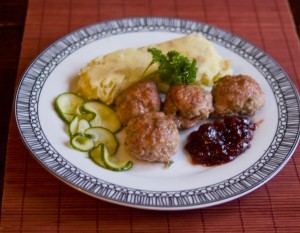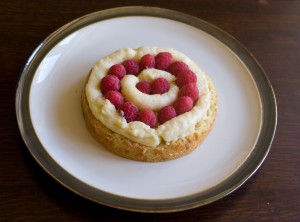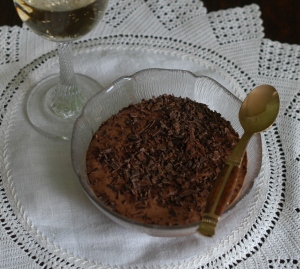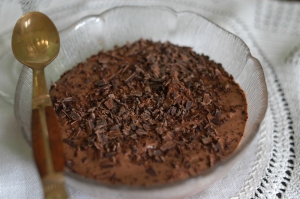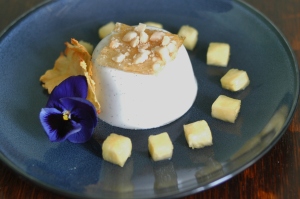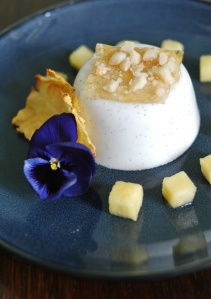 When visiting Dubrovnik, one of the excursions that we made was to have a day tour of Montenegro (or at least such parts as can be reached in the course of one day!). For us, the main parts of this focused on the cities (towns?) of Kotor and Budva. Now besides having an extremely delicious bowl of mussels and an extremely entertaining and informative tour guide (who would divert from the standard tour guide spiel with anecdotes about subjects ranging from James Bond to Roman Abramovich’s yacht – complete with two helipads AND two submarines!), one of my aims was to find some Montenegrin cake, and to actually see what they sell in the local bakeries. This delectable delight was one of those treats found. Whilst I didn’t try it on that trip (squishy vanilla slice on long coach trip -bad idea!), I decided that I definitely wanted to try the recipe at home.
When visiting Dubrovnik, one of the excursions that we made was to have a day tour of Montenegro (or at least such parts as can be reached in the course of one day!). For us, the main parts of this focused on the cities (towns?) of Kotor and Budva. Now besides having an extremely delicious bowl of mussels and an extremely entertaining and informative tour guide (who would divert from the standard tour guide spiel with anecdotes about subjects ranging from James Bond to Roman Abramovich’s yacht – complete with two helipads AND two submarines!), one of my aims was to find some Montenegrin cake, and to actually see what they sell in the local bakeries. This delectable delight was one of those treats found. Whilst I didn’t try it on that trip (squishy vanilla slice on long coach trip -bad idea!), I decided that I definitely wanted to try the recipe at home.
Krempita is essentially a vanilla custard slice, made with 2 layers of puff pastry sandwiched with a thick vanilla custard-cream. I used puff pastry leftover from making allumettes, but this will work perfectly well with ready-made pastry – don’t try and make life life two difficult if you don’t want to! If on the other hand you do want to have a go at making your own, check out the recipe from here.
Ingredients:
- 2 sheets of puff pastry
- 6 large egg yolks
- 6 tablespoons sugar
- 2 tablespoons cornflour
- 1 1/2 cups milk
- 2 packages unflavored gelatin
- 32floz/950ml double cream whipped with 2 tablespoons vanilla sugar
- Icing sugar
Preparation:
Heat oven to 400°F/200°C/Gas Mark 6. Roll out each piece of puff pastry slightly and score into 9 sections. Sandwich each puff pastry sheet between two pieces of parchment paper and two cooling racks, to keep it flat but stillcrispy. Bake for 15 minutes, before removing the top rack and top sheet of parchment paper. Replace rack and continue to bake until golden and crispy throughout, before leaving to cool completely.
Whip the egg yolks and sugar until thick and lemon colored before adding the cornflour and milk and mixing thoroughly. Transfer to a bain-marie and coook gently until the custard thickens, stirring constantly. Remove from the heat. Dissolve gelatin completely in 1/2 cup cold water and stir into the hot custard until completely dissolved.
Cool the custard in an ice bath, stirring occasionally. If, for some reason, the custard has lumps (from being cooked at too high a temperature or undissolved gelatin), strain it through a sieve.
When the custard is cool and very thick but not yet set, fold in the sweetened whipped cream. Layer over 1 sheet of baked puff pastry and top with second sheet. Refrigerate at least 1 hour before eating. Cut into rectangles and dust with icing sugar before serving.
When visiting

